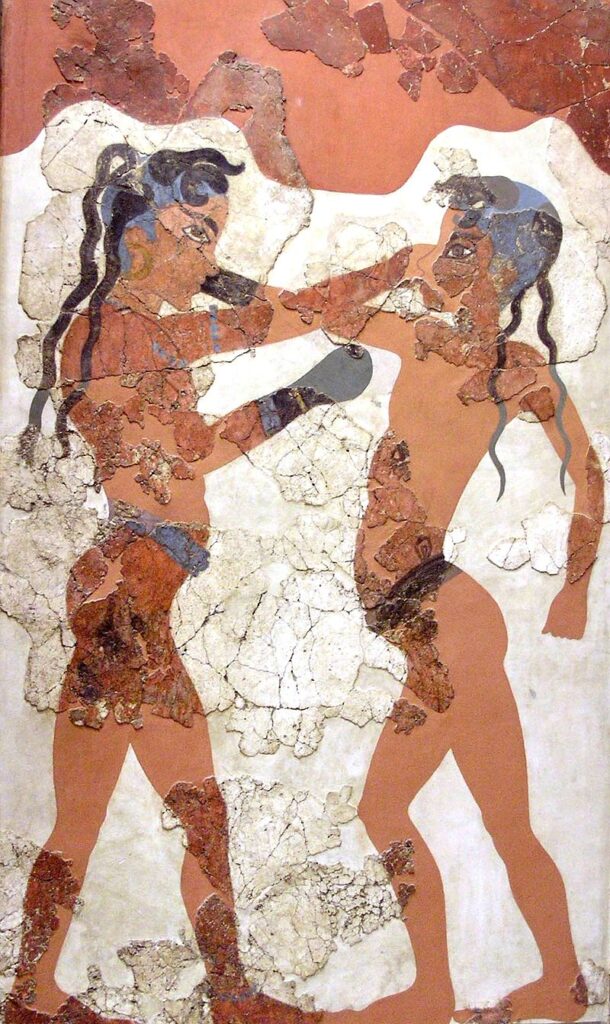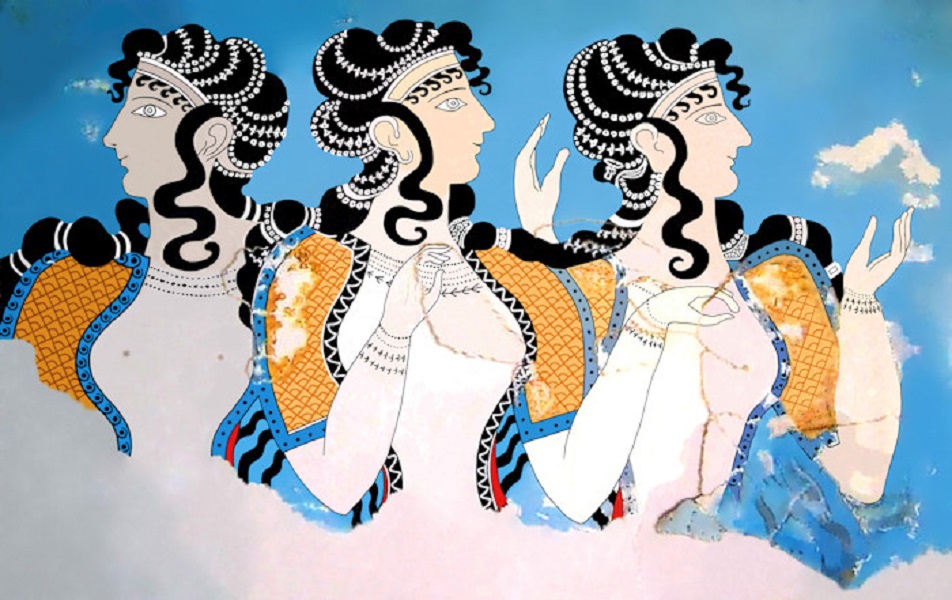By Timoleon Palaiologos,
Throughout human history, the categorization and the subsequent division of the population have played a major role in the evolution of our society. From ancient times and the slave-freeman distinction to the modern era’s Marxist classes, it is evident that the societal status of someone, instantaneously, places that individual in a certain hierarchical “spot”. These separate classes, that have been forming throughout our history as a species, tend to have a different political, social, and economic course of development. The abovementioned have been researched over and over again and might seem familiar, however, an important issue that is often disregarded was the correlation between an individual’s appearance and clothing, and their status. The point of this article is to make a brief historic review of the history of separation, with regards to the presentable image of the individual constructed by their society.
As it is mentioned, the appearance of someone is thought to be connected to their character and behavior. And what can possibly be more altering to an individual’s appearance rather than their hairstyle? The embellishment of hair has been around for thousands of years and we know for a fact that it existed in Greece since the Bronze Age and the Minoans. It is hypothesized, based on certain depictions of the Minoan society in wall paintings (frescoes), that the hair length in the Minoan society was closely related to the age group of the individual. Specifically, shaved hair with locks was connected to youth and was generally depicted with the color blue in the said wall paintings. In similar depictions of Minoan women, and we perceive it as more mature depictions due to the portrayal of their breasts, the hair tended to be long, leading to the aforementioned conclusion.

Later on in the Greek world long, natty, hair was considered the privilege of wealthy citizens. Slaves had short, shaved hair, while rich aristocrats tended to have longer and cleaner hair, extremely time-consuming to take care of. Still, this situation continued until the 5th century B.C.E. when most Greeks shifted towards a shorter type of haircut, possibly because of the advantages of short hair in exercising like an athlete. Nonetheless, of all the Greeks, the Spartans stuck to their original long hair appearance and at around that time, long hair became a symbol of the Spartan aristocracy and way of life. This is evident in Lysias’s work In defense of Mantitheus, where Mantitheus is accused of serving the oligarchic regime imposed by the Spartans after Athens’ defeat during the Peloponnesian War. At some point, the prosecutors of Mantitheus accuse him of being oligarchic and friendly towards Sparta, with no evidence whatsoever, solely based on his long, untidy hair.
But the hairstyle is only one of a plethora of things that can strongly affect the appearance of someone. Another external factor that can alter the natural look of a person, and mainly women, is makeup. And while the use of makeup has been around for millennia and has also been used by men (e.g. Egyptians), the modern situation that has affected our society the most is the use during the late 19th and early 20th centuries. At that time, the use of makeup could be perceived as either one of two possibilities. Firstly, makeup was mainly connected to prostitution, and, specifically, the colors that intensified that belief were light colors, such as red, that were considered provocative and were worn by “women of the night”. On the other side of the spectrum, wealthy women used makeup in order to look paler. The connection of pale skin to wealth is a direct result of the idea that wealthy aristocrats had not worked under the sun and thus the paler the skin, the wealthier the aristocrat.
In conclusion, all of the above is but a fragment of the separation occurring as a direct consequence of the societal structure of each period. The study and analysis of such social phenomena will definitely result in a better understanding of social history and sociology in general.
References
- Florence Sheng-Chieh Hsu, Ritual Significance in Mycenaean Hairstyles, Available here
- Make-up, si.edu, Available here
- Hair, classics.upenn.edu, Available here
- Norbert Haas, Francoise Toppe, Beate M. Henz, Hairstyles in the Arts of Greek and Roman Antiquity in Journal of Investigative Dermatology Symposium Proceedings, ScienceDirect, Available here




